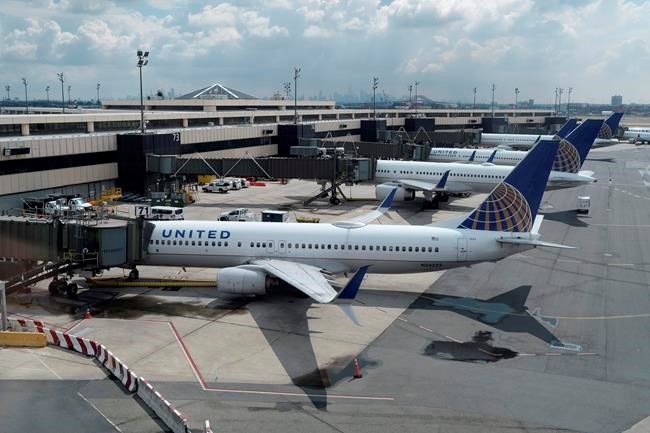At a mind-numbing 5,593 pages, Congress' $900 billion pandemic relief package covers a lot of ground. The bill passed Monday establishes a temporary $300 per week supplemental jobless benefit, a $600 direct stimulus payment to most Americans and a new round of subsidies for hard-hit businesses, restaurants and
The longest piece of legislation in U.S. history also has numerous clean-energy provisions sought by Democrats with fossil fuel incentives
Here’s a look at what some industries are getting in the bill, which President Donald Trump is expected to sign in the coming days.
AIRLINES:
The airline industry, which was crushed in the spring and summer as people shunned travel because of the virus outbreak, got $15 billion and an extension of their Payroll Support Program from the previous rescue bill in March. The money must be used to pay employees' salaries, wages and benefits and the airlines are required to recall furloughed employees who were let go in October, when the previous payroll support program expired. Tens of thousands of airline workers will likely return to work soon.
ARTS & ENTERTAINMENT:
Live venues and
RESTAURANTS:
There’s no specific provision in the bill for restaurants, but they can benefit more than before from the Paycheck Protection Program.
For example, restaurants can tap into the PPP a second time at 3.5x monthly payroll. This compares with 2.5x for other industries. Eligibility puts a 300-employee cap per restaurant location, compared with a 300 allocation cap for other industries. Tax deductions include certain business expenses paid with PPP loans, such as payroll, rent, mortgage interest, utilities and other allowable expenses. This applies to either a first draw or a second draw PPP loan.
The Work Opportunity Tax Credit is being extended by five years, supporting restaurants that hire, train, and keep employees from target groups. Business meals will be fully deductible next year and in 2022, which is double the previous deductible amount.
The Associated Press



